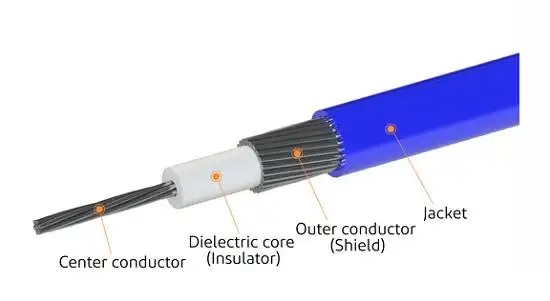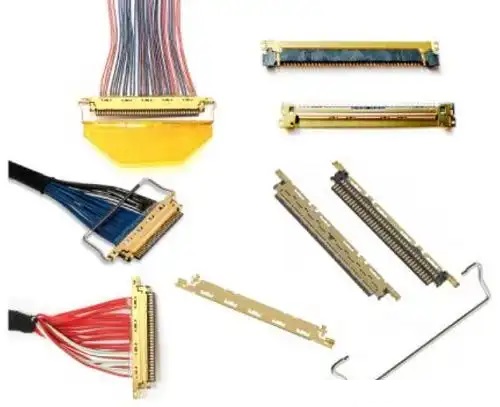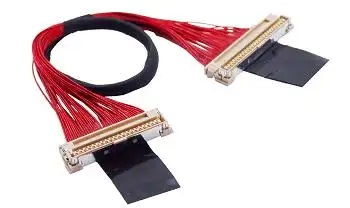As modern electronic devices continue to develop towards thinness, miniaturization, and multifunctionality, the performance requirements for internal wiring materials are increasingly high. Especially in high-density miniaturized devices, it is necessary to ensure high-speed signal transmission while maximizing space savings—this is where ultra-thin coaxial cables (Micro Coaxial Cable) excel. Today, let's take a look at the outstanding applications and advantages of 36AWG ultra-thin coaxial cables in miniaturized devices.

What is a 36AWG ultra-fine coaxial cable?
AWG is the abbreviation for "American Wire Gauge," and the larger the number, the finer the wire diameter.
Taking 36AWG as an example, its conductor diameter is about 0.127mm, and the overall outer diameter can be controlled between 0.3mm and 0.6mm, making it the "slender representative" of miniature cables. The Micro Coaxial Cable, on the other hand, is a type of cable with a precise structure, extremely fine dimensions, excellent shielding performance, and high-frequency signal transmission capabilities, making it very suitable for use inside high-precision electronic devices where space is limited.

Why do miniaturized devices prefer ultra-fine 36AWG coaxial cables?
Super-fine and thin, saving valuable space
In micro systems such as smartphones, tablets, wearable devices, medical endoscopes, and industrial cameras, the internal space is extremely limited. The 36AWG ultra-thin coaxial cable, with its super small outer diameter and high flexibility, can flexibly weave between narrow structures, providing more layout freedom for design engineers and realizing higher integration solutions for the whole machine.
High-speed transmission, more stable signal
As electronic devices move towards high resolution and high-speed transmission, the impedance consistency and shielding performance of cables become particularly important. The ultra-fine 36AWG coaxial cable can significantly reduce signal crosstalk and loss, ensuring high-speed and stable data transmission. In applications such as endoscope camera, industrial camera LVDS/USB3.0 cables, and high-definition screen FPC coaxial strip lines, Micro Coax Cable has become the mainstream solution.
High flexibility, suitable for complex routing environments
The 36AWG ultra-fine coaxial cable uses a multi-strand ultra-fine braided conductor design, offering excellent flexibility, allowing for complex wiring operations such as bending, folding, and winding, and is not prone to breakage. It has excellent bend resistance, thereby enhancing the overall lifespan and reliability of the equipment.
Excellent shielding, strong anti-interference ability
The core advantage of the coaxial structure lies in the multi-layer shielding design. The 36AWG extremely thin coaxial cable is composite shielded by a high-density woven layer and metal foil, which can effectively suppress external EMI (electromagnetic interference) and RFI (radio frequency interference), ensuring that multi-channel high-speed signals do not interfere with each other and improve the integrity of the system signal.

As electronic products continue to develop towards thinness, speed, and intelligence, the 36AWG ultra-thin coaxial cable (Micro Coaxial Cable) is being widely used in mobile phones, wearable devices, medical, industrial, and other fields due to its advantages such as ultra-thin and lightweight, high-speed and stable, flexible and bend-resistant, and excellent shielding. It has become an indispensable key connection solution for modern precision electronic equipment.
I am Kunshan JieKangFu Precision Electronic, long-term focusing on the design and customization of high-speed signal cables and ultra-fine coaxial cables, committed to providing stable and reliable high-speed interconnect solutions. If you have any related needs or want to learn more, please contact: Manager Zhang.
18913228573 (WeChat same number).


